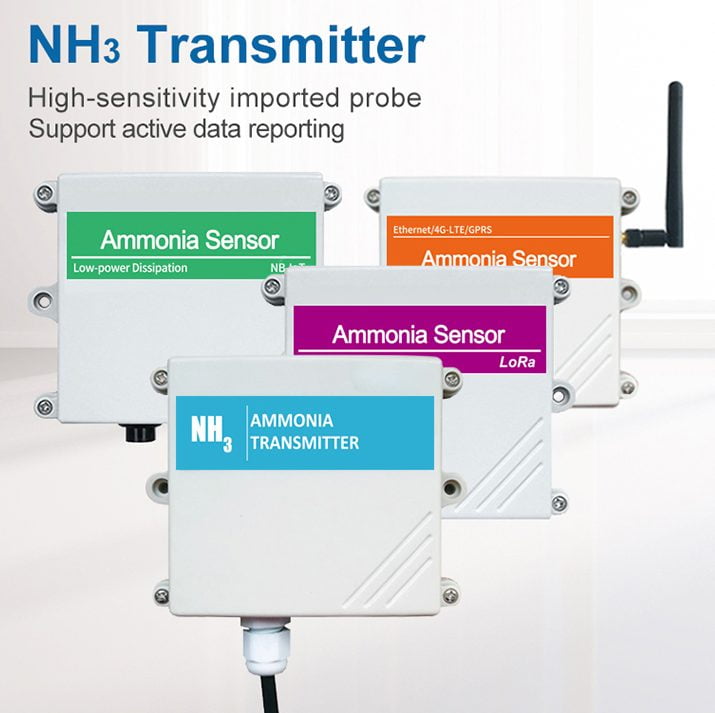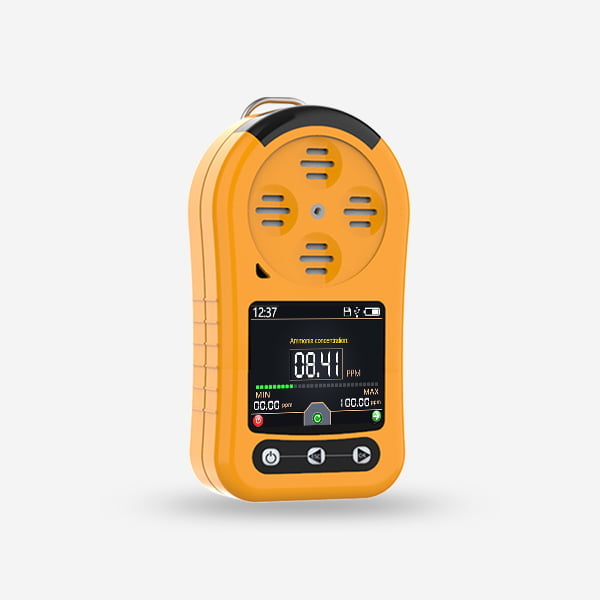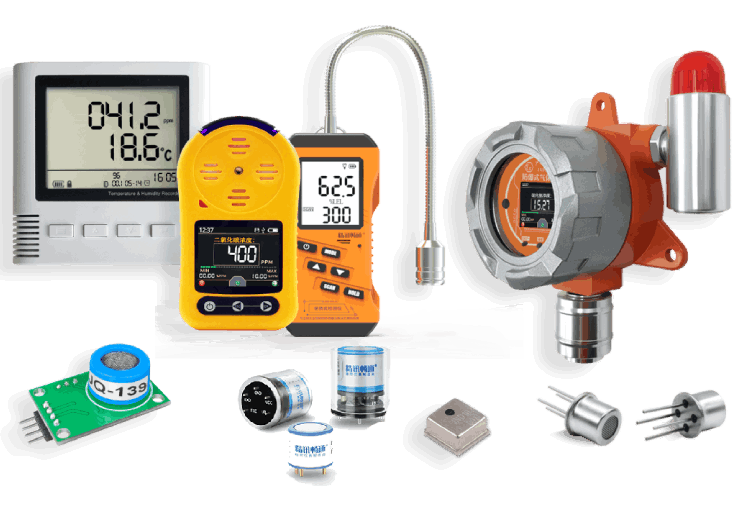Industrial safety is paramount in ensuring the well-being of workers, preventing accidents, and maintaining operational efficiency. Among the various technologies that contribute to industrial safety, gas sensors play a crucial role. These devices are designed to detect the presence of harmful gases in the environment, enabling timely interventions to prevent potential hazards. This article explores the significance of gas sensors in industrial safety applications, detailing their types, working principles, benefits, and real-world applications.

I. Introduction to Gas Sensors
Gas sensors are electronic devices that detect the presence, concentration, or composition of gases in the atmosphere. They are essential components in various industrial safety systems, as they can monitor for hazardous gases such as carbon monoxide (CO), hydrogen sulfide (H2S), ammonia (NH3), and methane (CH4). By providing real-time data on gas concentrations, gas sensors enable industries to take immediate action to mitigate risks and ensure the safety of personnel and equipment.
2. Types of Gas Sensors
Gas sensors are available in various types, each with unique working principles and detection capabilities. The most common types include:
A. Metal Oxide Semiconductor (MOS) Gas Sensors
MOS gas sensors are based on the principle that the conductivity of metal oxide semiconductors changes when they are exposed to certain gases. These sensors are cost-effective and sensitive to a wide range of gases, making them popular in industrial applications. However, they can be affected by temperature and humidity changes, which may affect their accuracy.
B. Catalytic Bead Sensors
Catalytic bead sensors work by oxidizing combustible gases on a heated catalytic bead. The heat generated from the oxidation reaction is detected and converted into an electrical signal that corresponds to the gas concentration. These sensors are highly specific to combustible gases and are commonly used in applications where flammable gas detection is crucial.
C. Chemiresistive Gas Sensors
Chemiresistive gas sensors operate by measuring the change in resistance of a material when it reacts with a target gas. These sensors are often made from polymers or metal oxides and can be tailored to detect specific gases. They are cost-effective and have a fast response time, but their performance can be affected by environmental factors such as temperature and humidity.
D. Infrared (IR) Gas Sensors
IR gas sensors use the absorption of infrared radiation by specific gases to detect their presence. These sensors are highly specific and accurate, as they can measure the concentration of a single gas with minimal interference from other gases. However, they are more expensive than other types of gas sensors and require regular maintenance.
E. Electrochemical Gas Sensors
Electrochemical gas sensors work by oxidizing or reducing the target gas at an electrode, generating a current that is proportional to the gas concentration. These sensors are highly sensitive and specific to certain gases, such as CO and H2S. They have a limited lifespan due to electrode consumption during the detection process, but they are widely used in industrial applications due to their accuracy and reliability.

3. Working Principles of Gas Sensors
The working principles of gas sensors vary depending on their type, but they generally involve the interaction between the sensor material and the target gas. In most cases, the interaction causes a change in a physical property of the sensor material, such as conductivity, resistance, or temperature. This change is then converted into an electrical signal that can be measured and processed to determine the gas concentration.
4. Benefits of Gas Sensors in Industrial Safety
Gas sensors offer numerous benefits in industrial safety applications, including:
A. Early Detection of Hazardous Gases
Gas sensors can detect hazardous gases at very low concentrations, enabling early intervention to prevent accidents. This is particularly important in industries where workers are exposed to toxic or flammable gases, such as chemical manufacturing, oil and gas refining, and mining.
B. Continuous Monitoring
Gas sensors can continuously monitor gas concentrations in real-time, providing ongoing data that can be used to assess safety conditions and make informed decisions. This continuous monitoring helps to ensure that hazardous gases are detected and mitigated before they reach dangerous levels.
Conclusion
Gas sensors play a crucial role in industrial safety applications, providing real-time data on hazardous gas concentrations and enabling timely interventions to prevent accidents. By using gas sensors, industries can ensure the safety of workers, protect equipment, and comply with safety regulations. With advancements in sensor technology, the role of gas sensor




